Netflix’s upcoming adaptation of Frankenstein is shaping up to be one of the most ambitious reimaginings of Mary Shelley’s timeless classic, thanks to visionary director Guillermo del Toro and creature designer Mike Hill. Known for his stunningly lifelike sculptures and practical effects, Hill has brought a fresh, hauntingly human face to one of cinema’s most iconic monsters.
A Partnership Built on Trust and Creativity
Mike Hill’s collaboration with del Toro began years ago when the acclaimed director discovered Hill’s hyperrealistic sculptures at a convention. Their shared fascination with monsters as emotional beings—rather than grotesque villains—sparked a creative partnership that has now culminated in this much-anticipated project. Del Toro reportedly told Hill that if he wasn’t designing the creature, the film wouldn’t be made—a testament to their deep artistic connection.
Reinventing an Icon
Designing Frankenstein’s creature for a modern audience presented a unique challenge. Hill’s goal was to break free from the stitched, square-headed image immortalized by Boris Karloff in 1931 and create something more grounded in realism and emotion. His vision was of a being that looks “constructed, but deliberate”—a work of art rather than a patchwork of horror.
The design draws inspiration from 19th-century surgical practices and early anatomical experiments, reflecting the story’s era. The creature, portrayed by Jacob Elordi, features meticulously arranged scars and an almost ethereal stillness, balancing fragility and strength. The makeup process involved dozens of prosthetic pieces, crafted to enhance the actor’s expressions rather than hide them.
Humanity Beneath the Horror
Hill’s approach goes beyond surface-level aesthetics. For him, the creature’s appearance had to mirror its inner turmoil—its longing for love, its confusion, and its ultimate rage. Rather than a mindless monster, this Frankenstein embodies the tragedy of existence: a being created with purpose but denied acceptance.
“The eyes were everything,” Hill has said in previous interviews. “You have to see the person beneath the creation.” That human core, reflected in the design, transforms the creature into a character audiences can empathize with instead of fear.
A Triumph for Practical Effects
In an era dominated by digital animation, Hill’s emphasis on tangible craftsmanship stands out. The tactile realism of his work—each pore, scar, and shade of skin—grounds the film in a sense of authenticity often missing from CGI-heavy productions. It’s a reminder that practical effects still have the power to evoke awe and emotion in equal measure.
Del Toro’s Vision Comes Alive
Del Toro, long celebrated for his ability to blend the fantastical with the deeply human, is expected to turn Shelley’s gothic story into a meditation on love, loneliness, and identity. Hill’s creature design perfectly aligns with that vision, serving not as a spectacle but as a symbol of humanity’s yearning for connection.
The Modern Monster
This reimagined Frankenstein is more than a horror story—it’s an artistic statement about what it means to be human. Hill’s design breathes new life into the legend, proving that even two centuries after Shelley’s novel, the creature still reflects our deepest fears and desires.
As audiences await the film’s release, one thing is certain: Mike Hill’s Frankenstein will not only be seen—it will be felt.

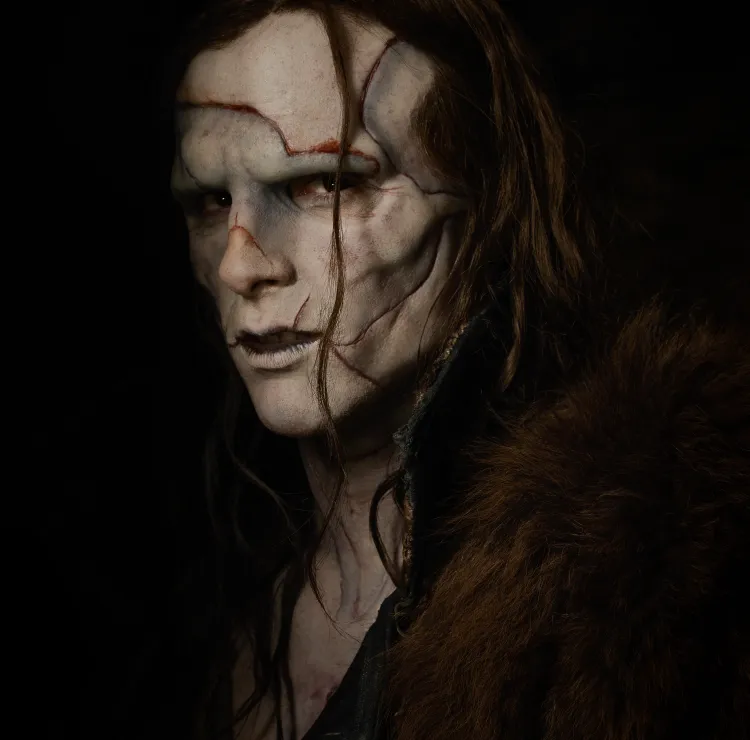


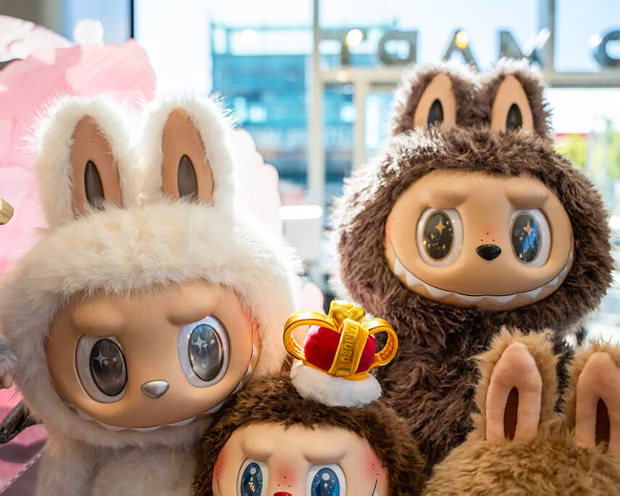
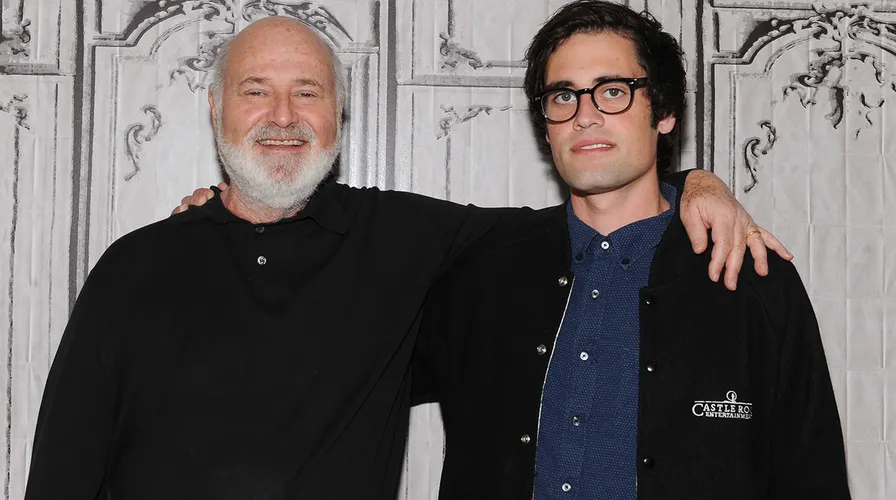


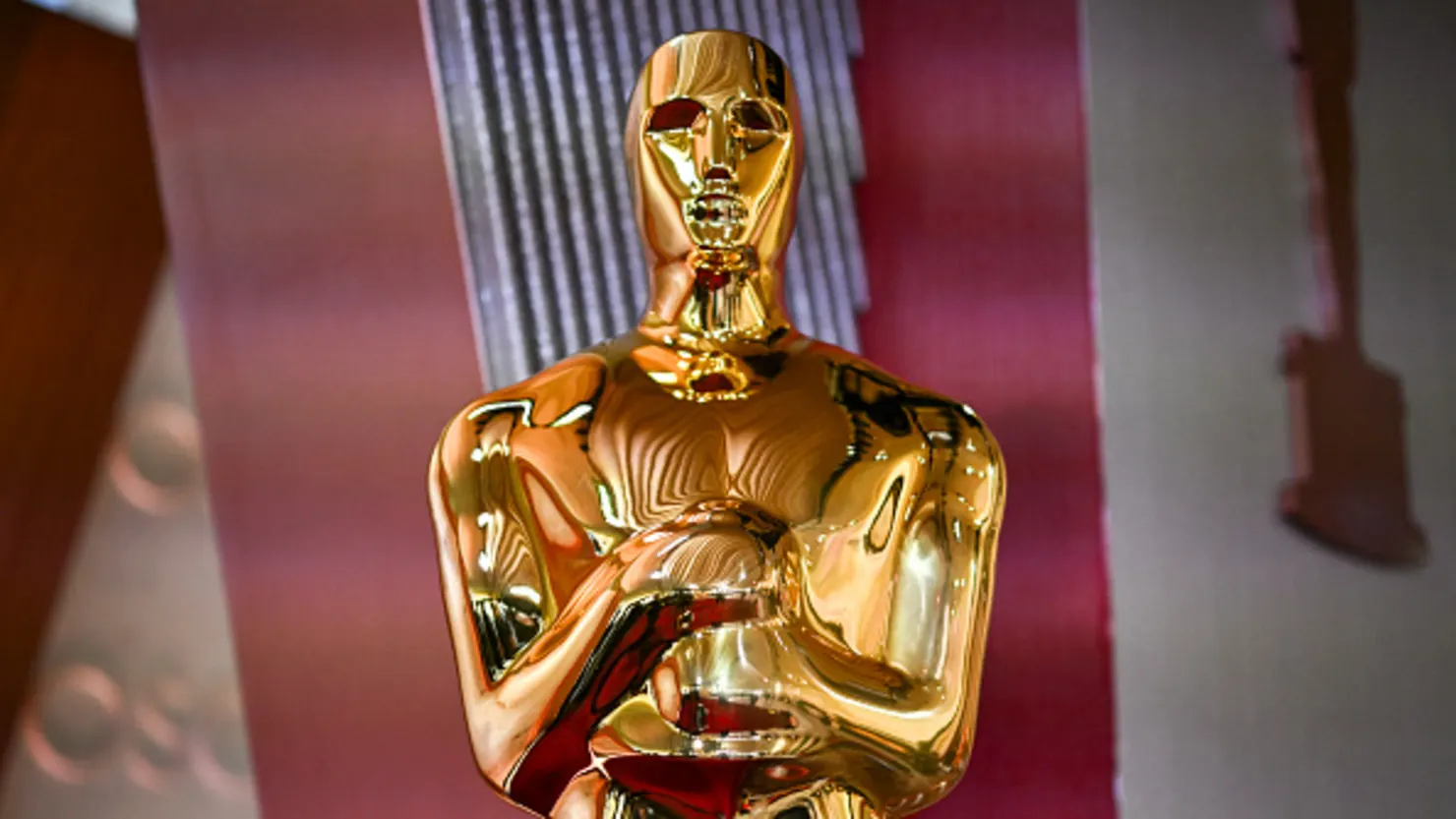

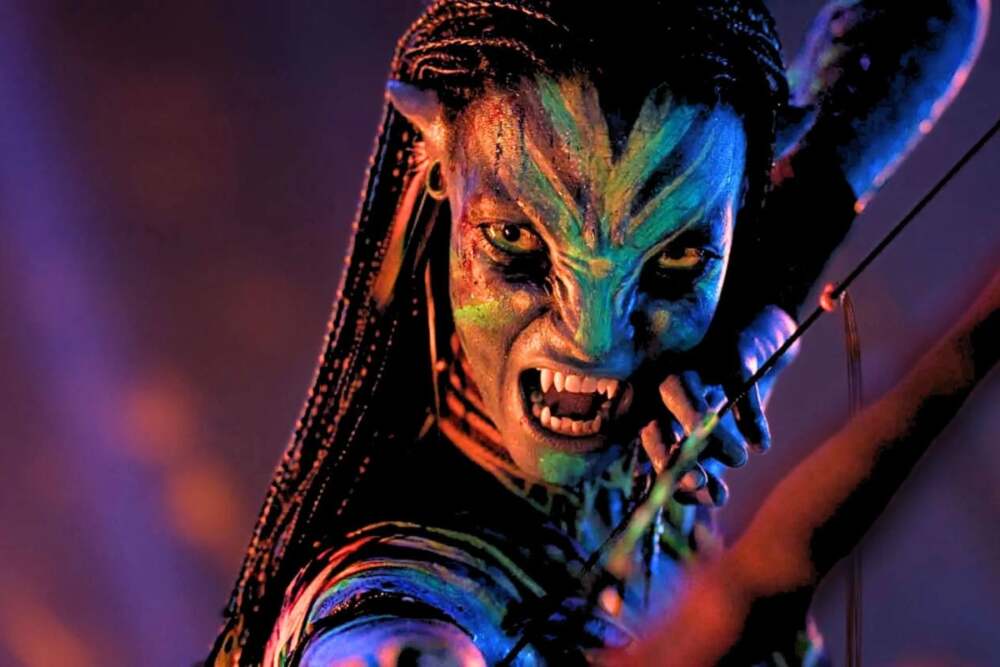
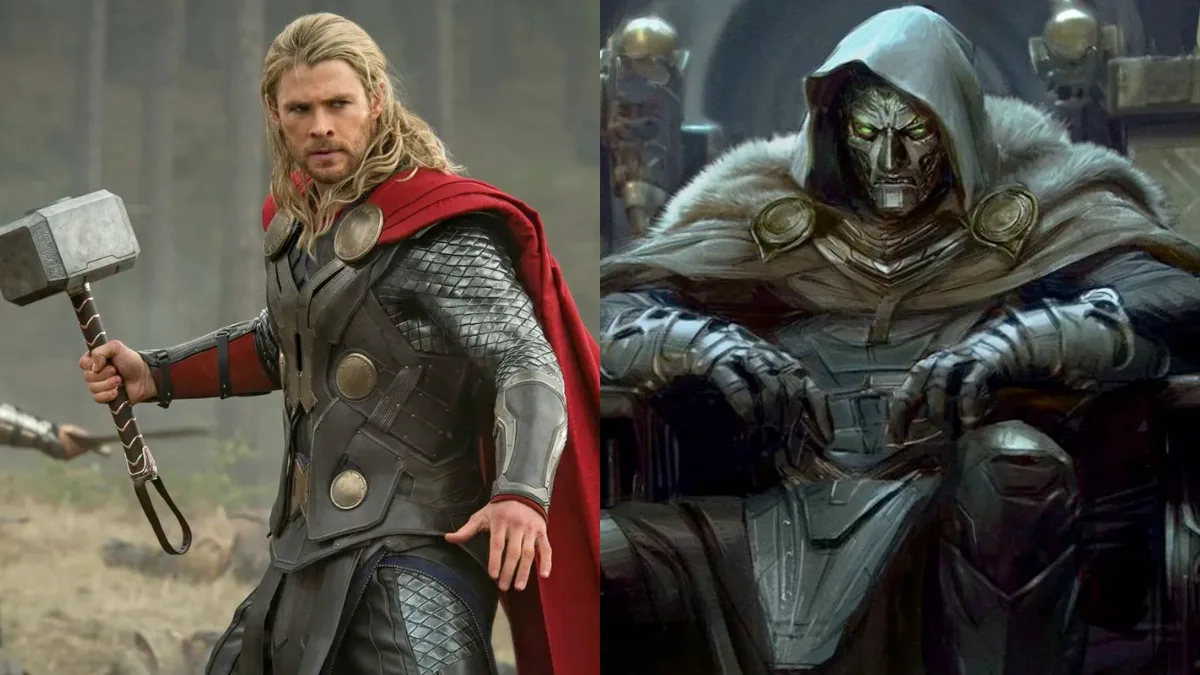



Leave a Reply